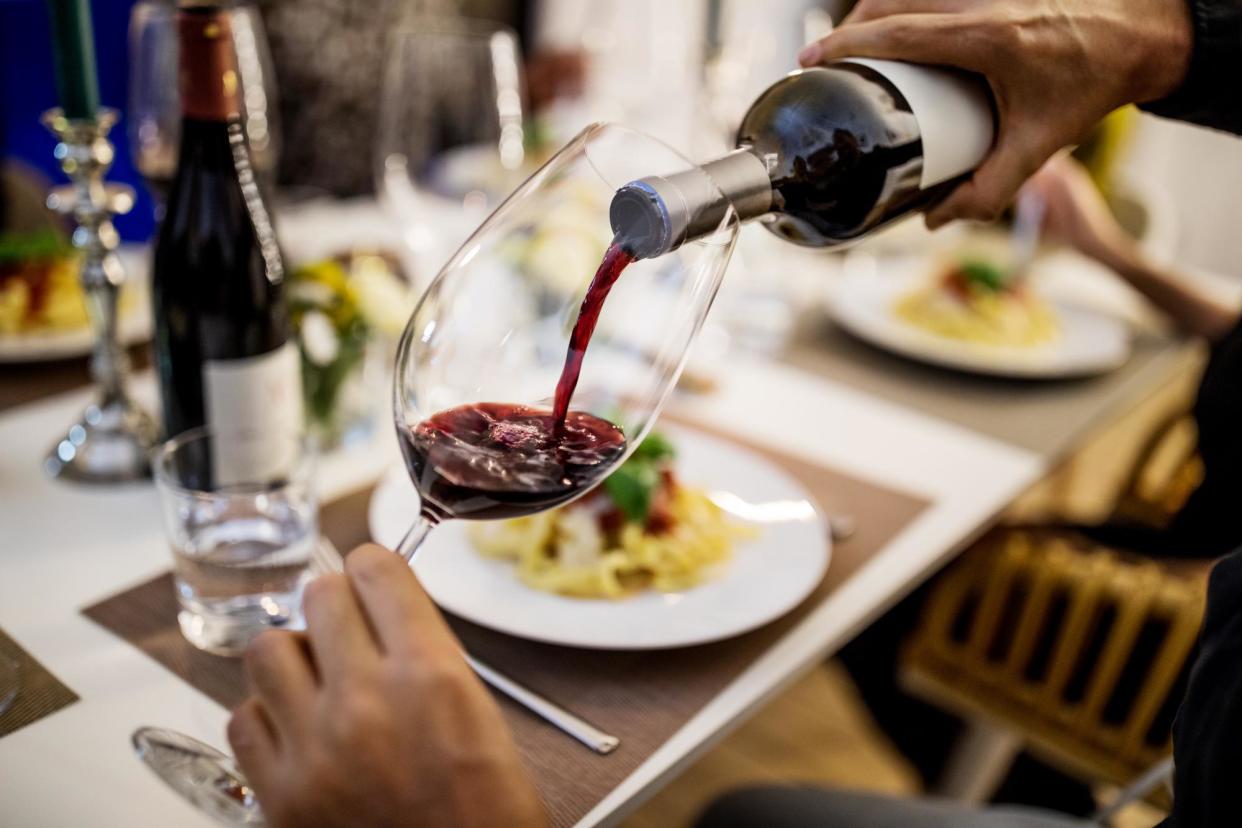What to drink if you’re new to wine

I was hosting an online wine chat the other day when one of the participants volunteered that he knew next to nothing about wine. Loads of people say that, but in this case it turned out that he really didn’t. Did he know which grape varieties he liked, I asked. Sauvignon blanc? Malbec? It was clear from his nonplussed response that he wasn’t familiar with either.
And there’s nothing wrong with that. I can easily think of numerous subjects about which I would equally be at sea – I still can’t get my head round aperture and shutter priority, for instance.
But if you’re keen to know more about wine specifically, where do you start? Well, you can enrol on a wine course, but even that can be daunting. I remember going to a language event after I’d been learning Spanish for a few weeks, and I couldn’t understand what anyone said to me, let alone say anything myself.
Instead, I’d try to find out first where your own taste lies. Think of how you react to other drinks. Coffee, for example. Do you generally drink a cappuccino or flat white, or do you go for an espresso? If it’s the latter, you’re probably going to be more comfortable with a full-bodied red than the creamy whites you might prefer if it’s the former (chenin blanc and unbaked chardonnay, to suggest just two). Similarly, when you order a cocktail or a soft drink, is it generally sharp (lemony or limey) or a sweeter, berry-flavoured one? If you prefer citrussy cocktails, you’ll probably enjoy sharply flavoured whites such as albariño or sauvignon blanc, whereas if you go for red berries, you might enjoy a fruity rosé or pinot noir more.
Also, if you haven’t drunk wine at all up to now, you may find the sensation of alcohol a bit too strong, so focus on lower-alcohol wines around the 11%-12% mark, which I wrote about last week. Likewise, do you like fizzy drinks or still ones? If you’re not averse to carbonation, sparkling wine, such as prosecco, is a good first-timer’s drink and, being generally sweeter, is easier to drink than champagne or cava, say.
Once you find a wine you like, try to identify what it is about it that you enjoy. If you find it refreshing, your taste may run to drier wines. Smooth? You may instead prefer ones with a lick of oak. Take a snap of the label and, the next time you’re in a supermarket or wine shop, buy another wine of that kind. Do you like it as much? And if you find something you really like, splash out on a more expensive bottle such as The Pale in my pick below to see what difference that makes. And do try them with food – especially the reds. It’s simply a matter of tasting and trying.
Four wines to try if you’re new to wine
Asda Extra Special Pinot Grigio 2022 £7.75, 12%. Pinot grigio gets a bad rap for blandness, but this is a decent own-label, and a good starting point on your white wine-drinking journey.
The Pale Rosé 2021/2 £14 Morrisons, £14.99 Waitrose, £15 Sainsbury’s, 12.5%. Sometimes it’s worth splashing out a bit to see why it’s worth spending more on wine. A smart Provence rosé from the winery that produces the cult Whispering Angel. As the name says, it’s pale, crisp and delicately fruity. (It’s a good Valentine’s Day bottle, too.)
Tiki Ridge Reserve Pinot Noir 2021 £8.99 (on offer) Waitrose, 13%. A good red to kick off with: light and deliciously fruity, brimful of raspberries. Drink with a mushroom risotto or some crispy duck pancakes.
La Gioiosa et Amorosa Asolo Prosecco Superiore 2022 £13.99 Waitrose, 11%. Light and creamy with a slight hint of honey and vanilla
For more by Fiona Beckett, go to fionabeckett.substack.com


